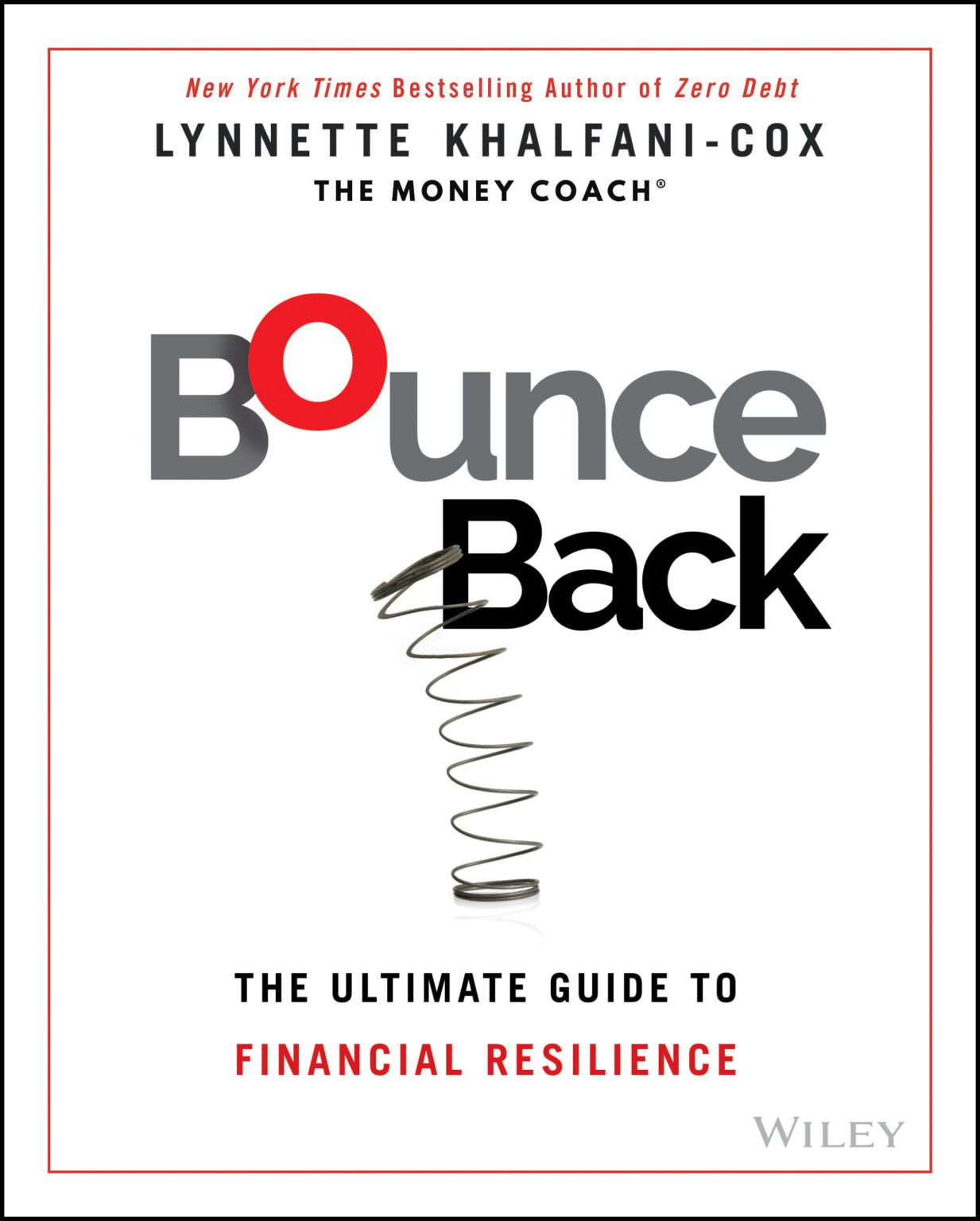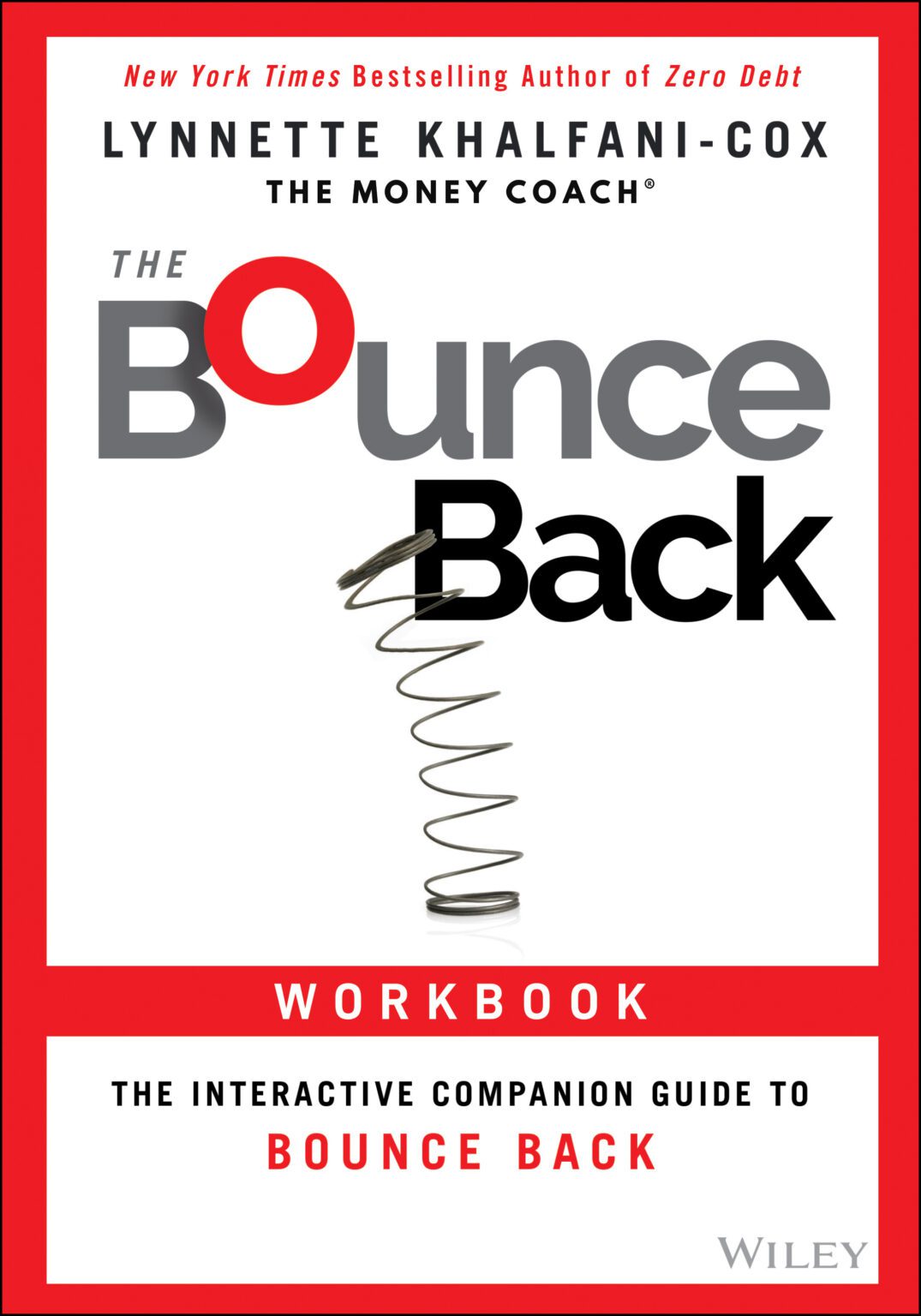Interest you accumulate on your credit card – also known as finance charges – can be difficult to pay off when you are carrying a large balance from month to month. One of the biggest mistakes many people make when using their credit card for large purchase is thinking that they will be able to pay off that entire balance in full before the end of the billing cycle.
When this doesn’t happen – which is often the case – the cardholder is charged interest on their balance, and the finance charges are added to the principal to accumulate more interest in the next billing cycle. This is known as compound interest, and is the primary reason why credit card companies are in business today.
If you do decide to make a large purchase on a credit card, make sure you’re aware of how much interest you will actually be paying when you don’t pay the balance off in full.
There’s a simple way, and a more complicated way to calculate interest on your credit card balances. Here’s what you need to know:
Calculating Interest on a Credit Card: The Simplified Version
You’ll need your current credit card balance, and your APR. If your credit card balance is currently $3,000 and your APR is 15.99%, just multiply $3,000 by .1599 and divide this figure by 12. This will give you a rough estimate of the monthly interest you would be paying on that $3,000 balance. Using this formula, our interest charges would be $39.98.
Keep in mind that your balance will grow if you make only the minimum payment and carry the balance for several months. The interest charged on your card will be a percentage of the current balance – including any amount that carried over. That is why the more complex version (below) will give you a more accurate figure…
Calculating Interest on a Credit Card: The Complex and More Accurate Version
This approach takes your daily periodic rate into account. This is the calculation your credit card company uses to calculate finance charges for a specific billing cycle. With this strategy, you need to divide your APR by 365, then multiply it by the balance and also multiply it by the number of days in your billing cycle.
In our example, this means you would divide 15.99% by 365 (0.000438) and multiply it by $3,000 and by 30 (if there are 30 days in your billing cycle). This yields a monthly interest charge of $39.42. If you were to pay off some of your balance during the first half of your billing cycle, you could use this formula to calculate a more accurate interest charge amount at the end of the billing cycle because the daily balance amount would change.








